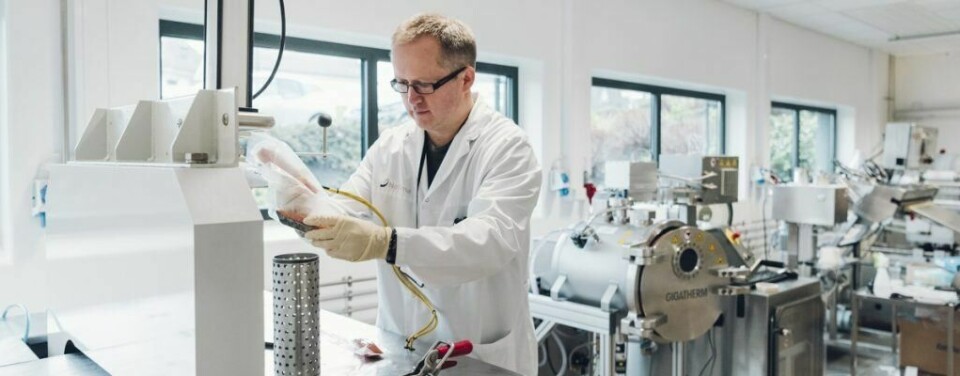
Pressure's on in search to extend fish shelf-life
Scientists in Norway are looking at ways of using high pressure to maintain fish shelf-life without the current side-effects of colour change and making the product looked cooked.
High-pressure processing at between 4,000 and 6,000 bar has proven very well suited for meat products and juices. It allows reduced use of additives such as salt. Considerations such as taste, texture, quality and health all suggest that high-pressure processing is a preferred processing technique to extend shelf-life.
“We would like to be able to use high-pressure processing on fish products, such as smoked salmon, for example. However, in general fish will appear cooked and change colour when exposed to very high pressure,” explains Nofima scientist Trond Løvdal.
Safe products
Experiments are therefore now being done through the SafeFood research project, led by the Norwegian University of Science and Technology (NTNU), to find out if it is possible to lower the pressure used during processing to below 3,000 bars and still achieve safe products with a long shelf-life.
“We know that smoked salmon only starts losing its colour and looking like it has been cooked when we exceed 3,000 bars, and even processing at low pressure will extend the product’s shelf-life. However, pressure this low is in itself not enough to ensure the food safety of the product. Listeria bacteria will only be temporarily inactivated and will be able to reactivate. For this reason, we need to customise the process so we are sure we kill all the bacteria completely,” he explains.
Robust bacterium
Listeria is an extremely robust bacterium that can withstand a lot of heat, tolerates salt, and manages to grow in both the presence and absence of oxygen.
“We therefore need a super-component in high pressure processing against listeria," says Løvdal in an article on the Nofima website.
"In our pursuit of this super-component, we are using methods from molecular biology. Our partners in the project are looking at gene expression in the bacterium Listeria monocytogenes, and what effect high pressure has on this gene expression. Time, temperature, and other factors also play a role.
Sophisticated models
"Once we have mapped the bacterium’s gene expression, we will use fairly sophisticated models to calculate an appropriate design for high-pressure processing. The goal is to find out which parts of the bacteria cell are affected by processing. Is it the cell membrane, cell wall or other biochemical or metabolic processes in the bacterium that cause it to either die or no longer manage to grow as a result of the processing?
"Once we have established what mechanism in the bacterial cell is affected by high pressure, we can start working on finding the right process to kill it.”
Read the full article here.























































